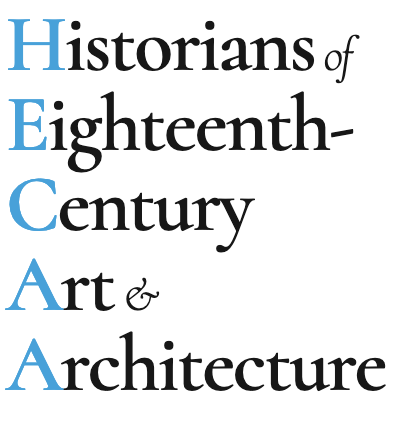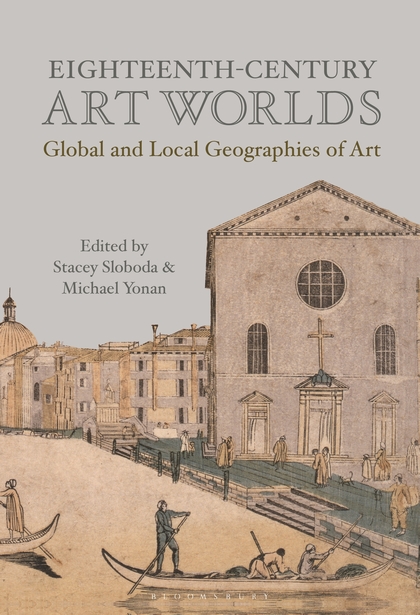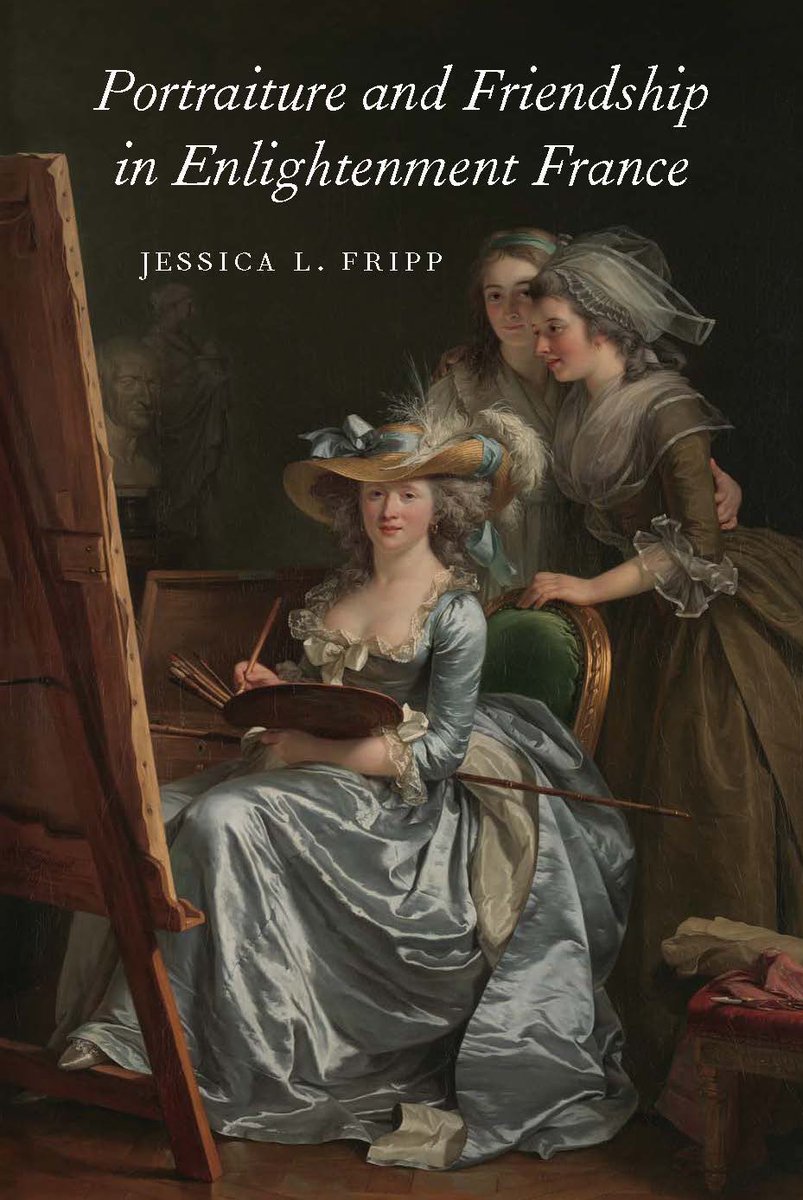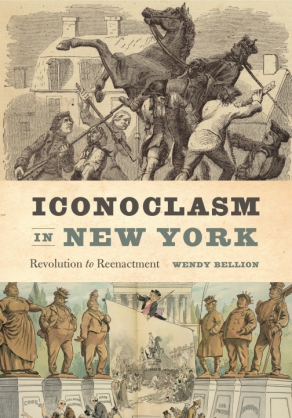At Colnaghi | Vanitas

Bolognese School, after engravings produced by Jan Wandelaar, Front and Back Views of a Skeleton with Clara the Rhinoceros,
ca. 1750, oil on slate.
◊ ◊ ◊ ◊ ◊
Now on view at Colnaghi’s new London gallery:
Vanitas
Colnaghi, London, 6 October — 4 November 2016
Vanitas is the term given to artworks on the theme of the fragility of man and his desires in the face death, which itself could be understood simply as the end to life or, by believers, as the passage from the material world to the hereafter. The genre became particularly popular with the production of still-lifes featuring skulls and other human remains in the seventeenth century, but obsession with death and decay was already widespread in the fifteenth century, as it was in Roman times. It continued well into the eighteenth century and beyond and has been forcefully expressed by contemporary artists such as Damien Hirst and Guido da Pascale (who produced one of the terracotta sculptures in the show).

Vanitas Wig in Bust, Italian School, possibly Roman or Neapolitan, first half of the 18th century, terracotta, 85 x 54 x 30 cm.
The word vanitas itself is Latin for ’empty’. In the medieval and early modern periods, it was associated above all with Ecclesiastes 12:8 (which many people knew from the Latin Vulgate Bible), “Vanitas vanitatum dixit Ecclesiastes omnia vanitas” (“Vanity of vanities, all is vanity”). Skulls and skeletons expressed most directly the concept of memento mori or “remember you must die,” an expression reminding victorious Roman generals that they too were mortal. They also cast bronze skeletal Larva Convivialis, giving them to revelers at feasts and banquets. Other common vanitas subjects were rotten fruit, withering flowers, bubbles, and candles (all reminders of the fragility and brevity of life), hourglasses (marking time), and musical instruments and expensive trinkets (symbols of the futility of sensuous pleasure). These appeared in dozens of late sixteenth- and seventeenth-century paintings by artists such as such as Jacques de Gheyn (1565–1629), Jan Vermeulen (active 1638–1674), and Antonio de Pereda (ca. 1611–1678). For early modern Christians, these reminders of mortality warned against the worldly excesses of the present, inviting the beholder to turn to God and prepare the soul for the hereafter.
In Italy—from where many of the pieces originate—meditation on vanitas preoccupied Baroque artists and writers so greatly that death seemed everywhere. It was as if—according to Pierrobert Scaramella and Alberto Tenenti—life were lived over a gigantic cemetery, reflected in the building of innumerable churches as ossuaries and the rediscovery of practices and cults of Purgatory. Alfonso Maria de Liguori’s L’Appareccho all morte, published in 1758, became the most widely read Italian manual about preparing for death. Now, however, the theme of vanitas became increasingly sardonic and satirical. A Remondini engraving from the second half of the eighteenth century depicts a ‘double macabre portrait’: a gentlewoman, encircled by the classic vanitas objects, is portrayed with full breasts and rich clothes but in the place of her face is a skull; the same woman shows the spectator a male portrait, probably her husband, another skull but this time wearing a fashionable powdered wig. The illustration is entitled Omnia vana and written beneath it is “Così ti convin dir come diss’io, anni fugaci età caduca a Dio [“So you should say as I say, fleeting years, age is immaterial to God”].
Literature
• Pierroberto Scaramella and Alberto Tenenti, Humana Fragilitas: The Themes of Death in Europe from the 13th Century to the 18th Century (Bergamo: Ferrari Editrice, 2002).
• Alberto Veca, Vanitas: Il Simbolismo del Tempo (Bergamo, 1981), p. 164.




























leave a comment